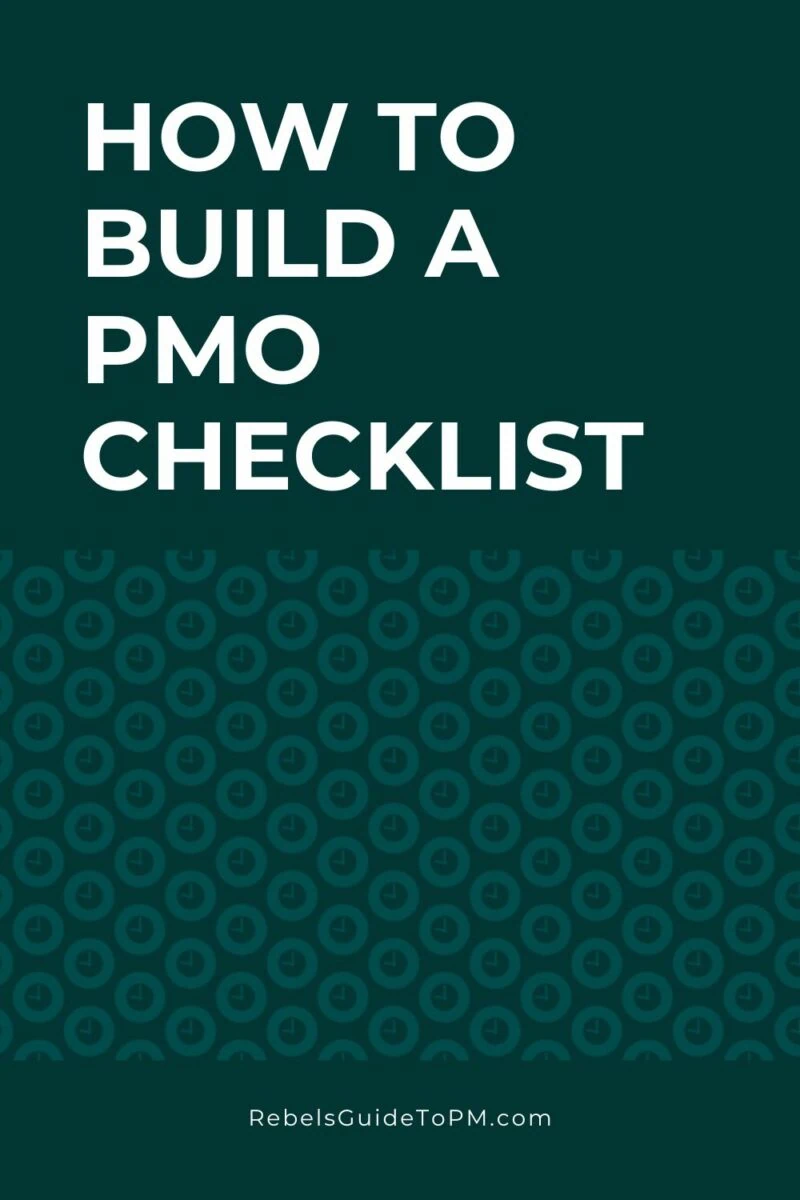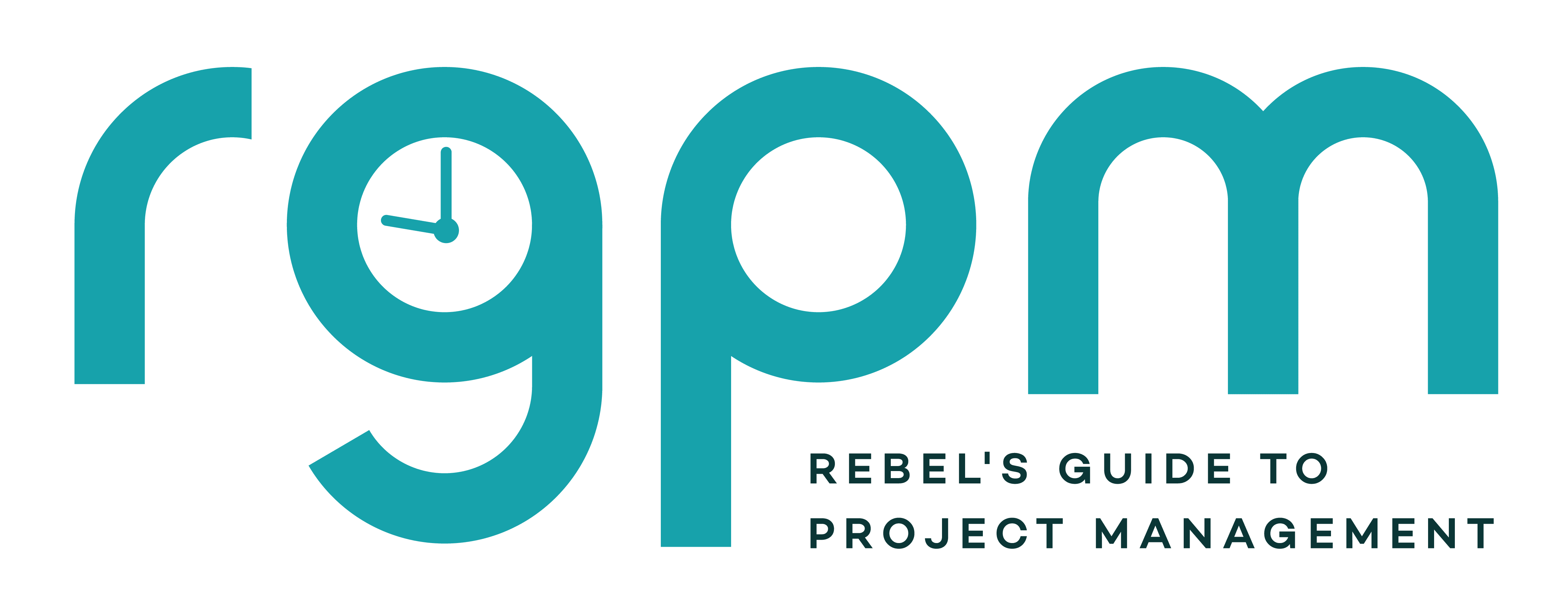How to Build a Project Management Office (PMO) Checklist in 12 Steps!
The PMO cycle states that the average PMO lasts 3-5 years and with the amount of requests I am getting for my keynote presentation on how to build a PMO, it is clear that the cycle holds true.
One company might be shutting down a PMO whereas another company could be starting one up. Often times the catalyst for change is the arrival or departure of a major executive. My book, The PMO Lifecycle: Building, Running, and Shutting Down is a top seller on Amazon for a reason!
In this article, I’ll cover the core components that will be immediately useful to you if you are going to start building your PMO.
There are twelve steps to starting or building a PMO. These steps are:
- Start with a plan
- Obtain executive support
- Create PMO staples
- Select 4 P’s of PMO (including methodologies)
- Select PMO model
- Create PMO Maturity Model (Categories and Measurement)
- Obtain PMO resources
- Select PMO training
- Implement PMO methodologies
- Select PMO reporting
- Select PMO tools and processes
- PMO complete!
Wow, that’s a lot of steps and I want to tell you right now that building a PMO is no easy task. You have a huge project in front of you and you need to treat it like a project. You will hear quite often from your sponsors that they want you to go faster and get your PMO up and running, but you have to stress to them that this takes time and that this is not something that can happen overnight.
This list of steps becomes your PMO setup checklist that you can use to create any PMO.
Let’s go deeper into each of the steps.
1. Start with a plan
Creating a PMO is a huge project and so it is important to spend the time and create a WBS and get the tasks for this huge project into a scheduling tool. It does not have to be perfect, but it does need to be in a place where you can track and report progress.
2. Obtain executive support
This is probability the most important task in building a PMO. Without it you are dead in the water. Lack of executive support is something that will hurt your PMO in the long run.
One best practice I like to do is get 1 -2 executives to support my PMO in case one moves on and you lose their support. Having a backup executive is a smart thing for any project manager to do.
3. Create PMO staples
PMO staples are the four main components of any organization. They include:
- Mission Statement (here’s a guide to writing a powerful PMO mission statement)
- Vision Statement
- PMO Value and KPI’s
- PMO Budget.
Locking these for any organization is important, locking them for your PMO is critical.
4. Select 4 P’s of PMO (including Methodologies)
Selecting what type of methodology you will have in your PMO is critical. Will you be a Portfolio only PMO, a Program/Project PMO, a Project only PMO? Regardless, of the methodology you select, don’t forget the 4th P, the People in the PMO.
5. Select PMO model
Selecting your PMO model consists of determining your PMO type. The industry defines ten main models including Support, Controlling, Directive, Enterprise…etc.
The 5th step in this process is determine with your sponsors and executives what type of PMO model will you be. You executives will have an opinion on which model they want you to perform.
6. Create PMO Maturity Model (Categories and Measurement)
Every PMO needs a maturity model in order to determine how and were to mature. You won’t know if you are running an effective PMO if you are measuring how well you are doing.
7. Obtain PMO resources
This step of the process consists of hiring the people you need in your organization. I strongly suggest that you use a PMO Roles and Responsibilities Staffing model.
Based on a RACI, this staffing model will determine the PMO Service Offerings and determine what roles you need to fill those offerings. Without this PMO Service Offerings chart, you will have no real mechanism to justify the staff you need for your PMO.
8. Select PMO training
Now you have your staff, this is the time you spend to begin training them. Focus your training priorities on PMO mentoring programs, PMO buddy systems and hard and soft skills.
Every member of your PMO team is going to need all of these areas of training to really be effective in their roles.
9. Implement PMO methodologies
Now that you have your PMO model and your 4 P’s of your PMO, now is time to merge the two worlds together and make it real.
This consists of creating playbooks, guides, training, operating manuals, essentially everything to execute the tasks in your organization. You can say you are going to be a Directive PMO, but if you don’t give your PMO staff guides and operating procedures, you are not really directing them now are you?

10. Select PMO reporting
In this stage of the project, this is where you lock your PMO reporting and dashboards. Don’t rush into creating dashboards and scorecards, get some manual reports setup and working first and then spend the time and automate those manual reports.
Dashboards are awesome, and they can be amazing to see all the data in your PMO in one spot, but they come at a cost and at the stage of building a PMO, you don’t need a dashboard. Save your money, get manual reports up and running first and look at dashboards later.
11. Select PMO tools and processes
In this final stage of building your PMO, you are going to spend time and select specific tools and processes for your PMO. Tools will be based on Portfolio, Program and Project Management and processes will consist of the ones that are directly related to the automated tool you bought for Portfolio and Project Management.
Don’t be fooled, these tools come with a lot of processes and that will be something you need to incorporate if you decide to purchase these tools.
12. PMO complete!
That’s it you did it. You need to spend some time and celebrate and congratulate your team on doing this huge project. Now the work of running the PMO begins and that’s where all the fun happens.
Well that’s it, that’s the twelve steps in building a PMO broken down in consumable chunks for anyone to start using immediately.
Like what you read? Want to see the full guide with much more information? Click here to download the full guide!
